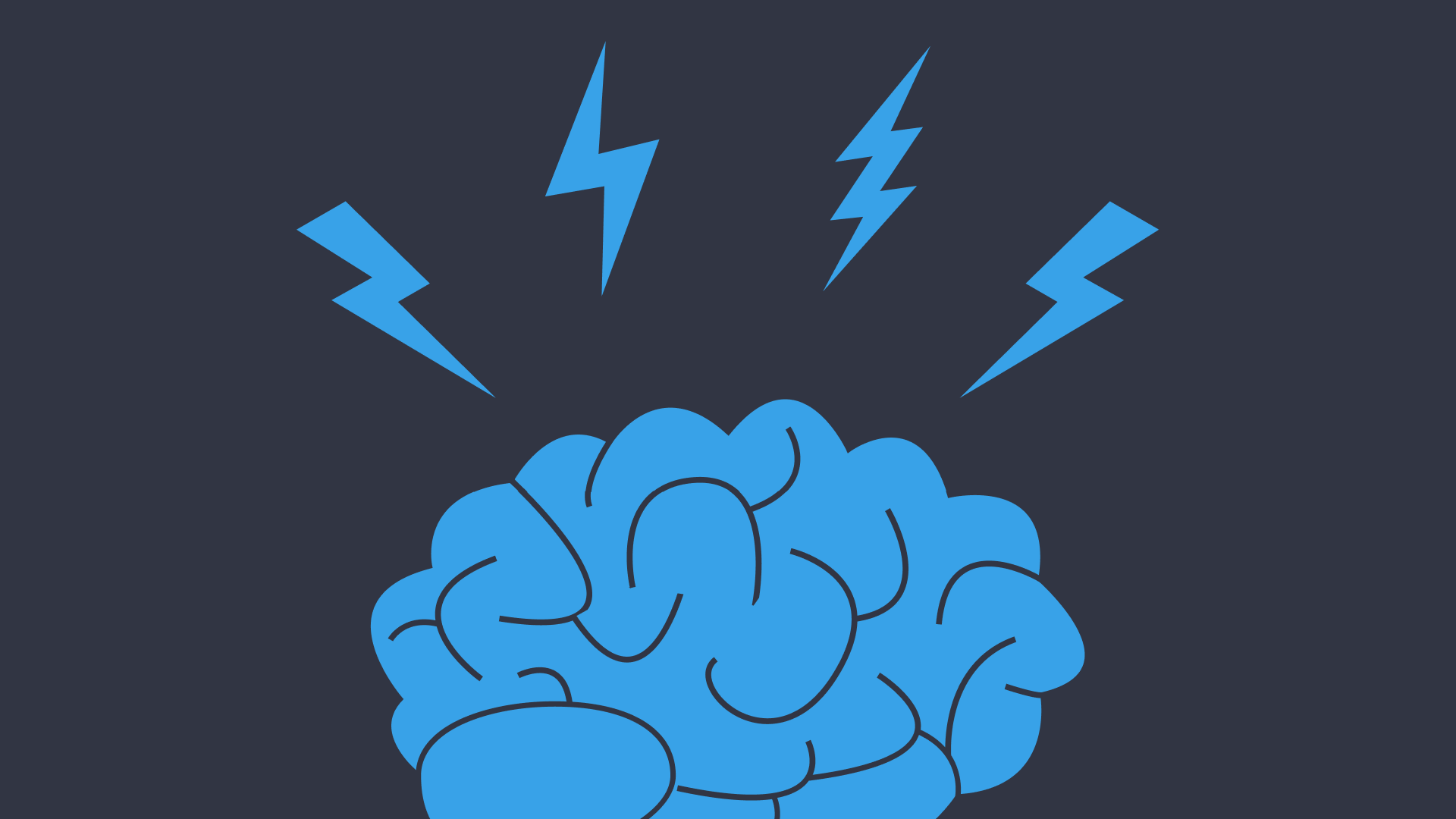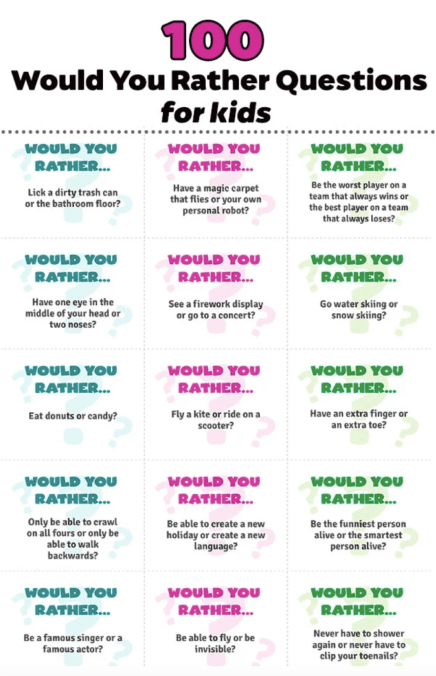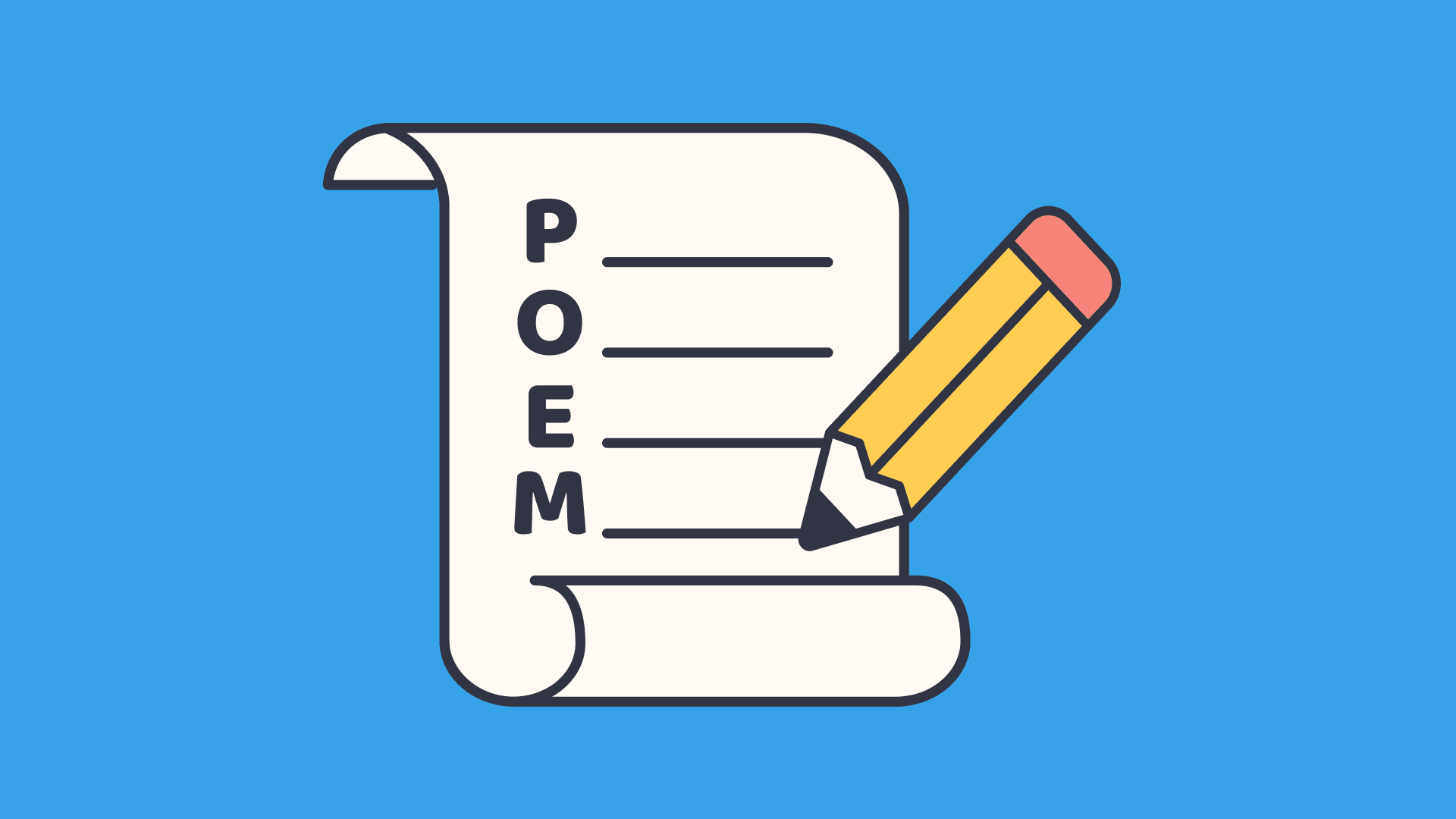4 Engaging brain breaks for middle school
In this guide
Keeping Middle School students engaged throughout an entire lesson can be tricky. In fact, studies show Middle Schoolers have an attention span of about 10-12 minutes, however, most classes are 8 to 10 times this long (NAESP Middle Matters). In order for our Middle School students to be active participants of their learning and our lessons, teachers can offer a variety of brain breaks to help students’ brains regain focus and return attentively to their learning.
How do brain breaks help keep students engaged?
Brain breaks engage students by giving them a few minutes to refocus. When students move their bodies, talk to a partner, or check in with their mental health for a moment during a lesson, it can refocus their brain to increase their attentiveness to the task at hand.
“Our brains only process as much as our physical beings support. Two minutes of movement can help to “unkink the hose” and circulate the blood, sending more to our brains and making us more productive in the end” (‘Unkink the Hose With Brain Breaks) This means that brain breaks are your best friend, because they can be used to provide students with the motivation to persevere to the end of a lesson.
Brain breaks for middle schoolers I find effective
The most effective brain breaks are the ones centered around your students! In Middle School, I teach several classes and they are made up of different students with varying interests and needs. Some classes might need to move their bodies and get up from their chair while other classes might need something that allows time to check in introspectively.
I have added a variety of these brain breaks to my toolbox in order to meet my students exactly where they are! As students are exposed to new brain breaks, they can begin to silently practice some on their own. This leads to a more regulated student and a more regulated classroom environment.
When I noticed a few students in my 7th Grade Reading class were struggling to calm their bodies enough to focus on the text we were analyzing, I quickly implemented a Mindfulness Brain Break. I turned off the lights, asked students to rest their hands in a neutral position. We did 10 calming breaths together.
It took about 2 minutes to complete the brain break and transition back to our work, but was it worth it? At first, I thought we would lose the momentum of our lesson. However, just after a few breaths together, the students in my room were more regulated and focused and actually were able to focus and participate better!
This became my favorite mindfulness brain break to implement. It is fast, easy, and requires no preparation or pulling out manipulatives or activities.
A few types of brain breaks could be focused on social-emotional learning, physicality and movement, or directed peer discussion.
1) SEL brain break
One type of brain break to try in the middle school classroom focuses on social-emotional learning or (SEL). Our students’ social-emotional needs should always be centered in our classroom to create a more inclusive environment. Allowing students time to check in with their own emotions during a brain break can assist self-regulation.
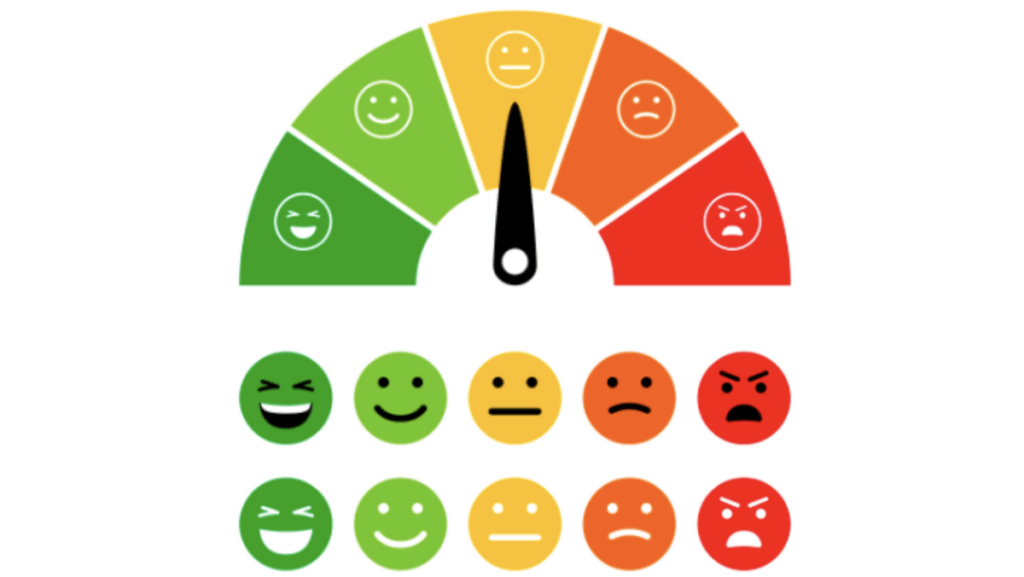
If we know anything about adolescent middle school students, we know they have a wide range of different emotions throughout the day and sometimes within a few minutes! An SEL check-in provides students with an opportunity to look inward and check in with their own emotions.
During a difficult lesson, it could be helpful for a student to acknowledge their stress level or identify if they are feeling overwhelmed. Using emojis or pictures can help students narrow their emotions to focus on what specifically they are feeling.
This example chart depicts emotions students might be feeling midway through a lesson.
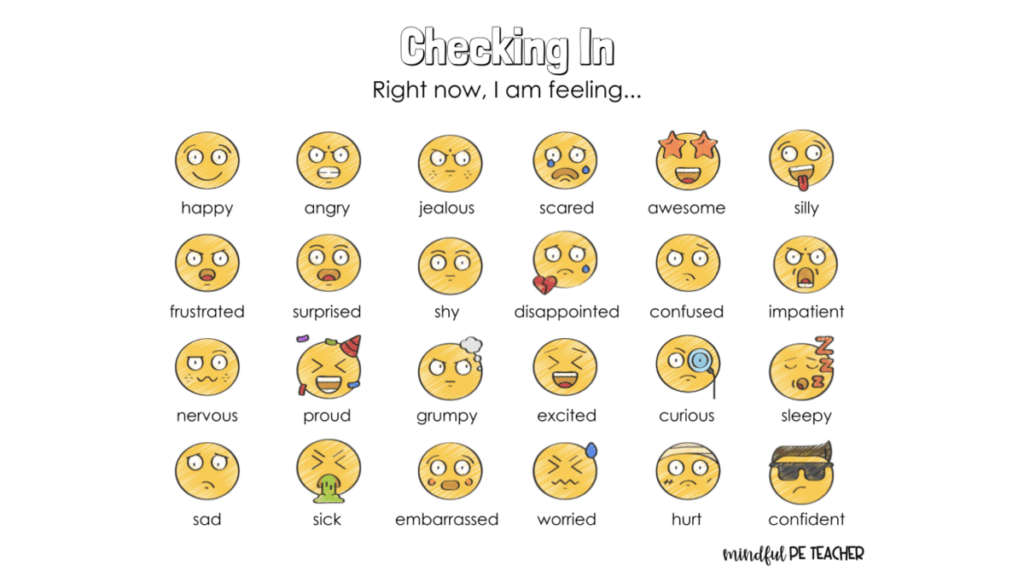
After students identify our emotions, our next steps might look different! If most of the class is feeling anxious or overwhelmed, I like to pause for a breathing exercise like this one!
If students are feeling calm or content a quick next step could involve students jotting down or thinking about three things they are grateful for right now. Some students might feel comfortable turning and talking with a neighbor and others might want to keep this list somewhere personal.
When emotions are high or negative, a grounding exercise such as counting down from 100 or finding everything in the room that is a certain color might be the best next step. Even the act of sharing or writing down emotions can help regulate students.
For example, at the end of the day in my classroom, emotions are usually always high. Students are feeling fatigued after a day of learning, socializing, and moving from class to class. The frustration rises if there is a challenging lesson or a confusing topic in class.
Hand out a small piece of paper or sticky note to each student. Students can use a few minutes to write down things they are struggling with, problems they’ve faced throughout the day, or things that are bothering them. The teacher can then collect these small pieces of paper and either throw them away or put them in a jar so students can leave their worries there until the end of class. Simply acknowledging these feelings and physically ‘setting them aside’ can alleviate anxiety or stress students might be trying to cope with.
Social-emotional check-ins can last anywhere from 3-5 minutes and be as simple or involved as your students need. This also can inform the teacher in student understanding of the lesson. If many students are feeling stressed and overwhelmed, it might be beneficial to go back and reteach!
2) Mindfulness brain break
Mindfulness brain breaks are another way for students to pause and refocus during a lesson. According to Harvard University, “mindfulness is a quality of alert, open awareness. In contrast to a multitasking mind, mindfulness is a state of mind that has the ability to pay attention in a particular way, on purpose, in the present moment” (Harvard Mindfulness).
Mindfulness brain breaks can last for a short duration of class time, between 3-5 minutes. By integrating mindfulness brain breaks into the classroom, teachers can create opportunities for students to center themselves, quiet their minds, and become present in the moment.
We know our middle school students often face intense academic pressure and social challenges and changes. Using mindfulness brain breaks in the classroom can reduce students’ stress and anxiety and show our students that we are prioritizing their well-being (American Psychological Association).
Implementing a mindfulness brain break requires minimal preparation from the teacher, making it an accessible and effective tool for promoting student wellness. Teachers can ask students to close their eyes, take a few deep breaths, or use a visualizing strategy asking students to imagine a peaceful place, such as a calm ocean or tranquil forest. This can quickly create a sense of relaxation and mental clarity.
A guided meditation can also be a beneficial mindfulness brain break practice in the middle school classroom. A 2015 study found that just 10 minutes of mindfulness a day can increase students’ grades in reading and science (Maximizing Mindful Learning).
3) Movement
There are so many benefits for movement-based brain breaks in the classroom. Movement brain breaks are rooted in science and research which suggests that physical activity can enhance cognitive function. When having sustained focus on a certain task, allowing students time to move their bodies actually can improve their overall comprehension, attention, and focus on the task!
Movement breaks can last from 3-5 minutes and can have students up out of their chairs and around the classroom, or seated with smaller movements and stretching.
Sometimes our middle school students need fast-paced, energetic, more workout-based brain breaks such as jumping jacks or jogging in place. My students love “this or that” videos where they are allowed a bit of choice in the movement they select.
Other times, movement brain breaks can look like yoga or slower-paced stretching movements to regain control of their body. This is especially helpful after transitions in schedules or after lunch.
Even having a visual or poster in the classroom with poses students can choose from can be an option when students need a more individualized brain break.
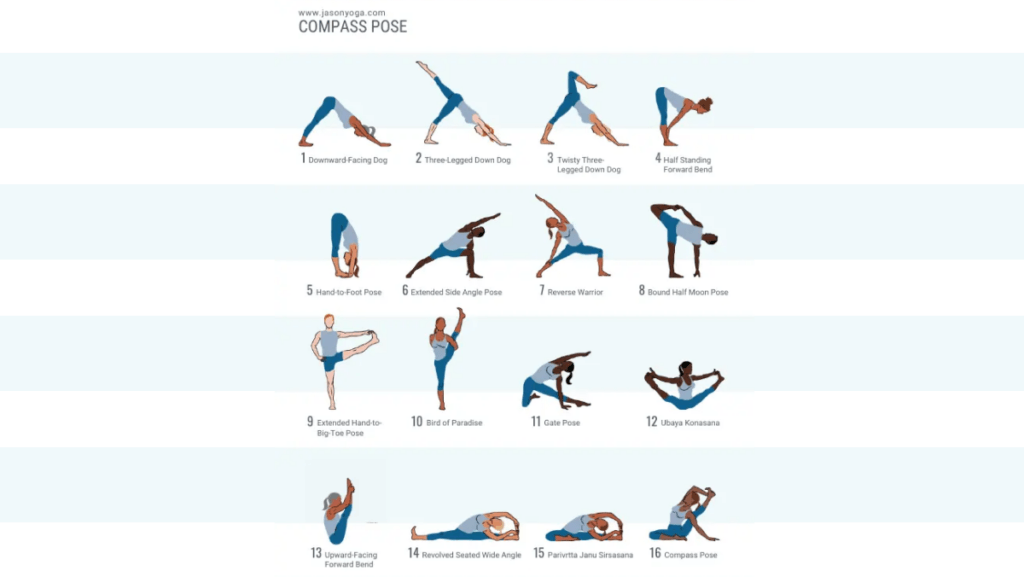
4) Classmate chats
I love utilizing classmate chats for a group of students that needs some extra time to talk! You may have a class or group that seems to have off-topic conversations throughout your lesson. Classmate chats can be a simple answer to a question or a riddle to solve. By directing students’ conversations, the teacher can anticipate the length of time needed for this brain break.
For example, you might have students debate popular movies or TV show characters by asking “which is better?” and allowing them time to debate. Other times, students might have to look at an optical illusion and determine what the picture is they see.
Sentence stems are another helpful way to encourage classroom conversation. For example, a teacher might create a sentence stem such as “If I had one million dollars I would…” Students can utilize this sentence stem to start conversation with a peer!

Another Classmate Chat middle school teachers can use as a brain break is a “Would You Rather?” question. These open-ended questions are great to use with student groups that you would like to see participate more in discussions. By providing two similar choices, students can choose which one they prefer and state their reasoning. The more outrageous the options- the better! Middle school students love thinking outside the box and defending their choices.
Classmate chats can be structured and formalized like the conversation starters above, or can be laid back and casual. Students will enjoy the opportunity to talk about their interests with their classmates at any time during your lesson. A timer visual might be helpful for students to limit their conversations within the brain break time allotted.
Some students might need time to be directed towards conversations while others may naturally find a partner and a topic to chat about. This brain break should come with expectations as to what appropriate conversations sound like and look like in your classroom.
Overall, brain breaks are the perfect strategy for middle school teachers. By incorporating various types of brain breaks, including social-emotional learning activities, mindfulness exercises, movement-based brain breaks, and structured classmate chats, teachers can cater to the diverse needs and interests of their students.
Mindfulness brain breaks, which involve techniques such as breathing or visualization, can offer a quick and effective way to get your students relaxed and calm during a lesson. Movement-based brain breaks can use the connection between physical activity and the brain to improve comprehension and attention.
Social-emotional learning brain breaks will allow students time to self-analyze their moods and respond accordingly. Lastly, classmate chats provide opportunities for peer interaction, social discussion skills, and can foster a collaborative learning environment.
Middle school teachers are always looking for the most effective ways to keep students engaged and learning. By integrating these diverse brain break activities into their lessons, educators will create a more inclusive and engaging classroom experience.
Sources
- American Psychological Association (APA) ‘Mindfulness Meditation’, APA. Available at: https://www.apa.org/topics/mindfulness/meditation (Accessed: 5 March 2024).
- Centers for Disease Control and Prevention (CDC) ‘Physical Activity and Brain Health’, CDC. Available at:
https://www.cdc.gov/physical-activity/features/boost-brain-health.html (Accessed: 5 March 2024). - ClickView ‘Brain-Boosting Yoga’, ClickView. Available at: https://www.clickview.net/us/middle/videos/53845995/brain-boosting-yoga (Accessed: 5 March 2024).
- ClickView ‘Breathing with Shapes and Bubbles’, ClickView. Available at: https://www.clickview.net/us/middle/videos/53847155/breathing-with-shapes-and-bubbles (Accessed: 5 March 2024).
- ClickView ‘Five Days of Fitness’, ClickView. Available at: https://www.clickview.net/us/middle/series/32131234/five-days-of-fitness (Accessed: 5 March 2024).
- Ferleger, A. (2015) ‘Compass Pose (Parivrtta Surya Yantrasana)’, Jason Yoga. Available at: https://jasonyoga.com/2015/09/15/compass-pose/ (Accessed: 5 March 2024).
- Harvard University ‘Mindfulness’, Harvard University. Available at: https://hr.harvard.edu/mindfulness (Accessed: 5 March 2024).
- Jaiswal, R. (2015) ‘Mindfulness, Emotional Regulation, and Social Anxiety’, Springer Link. Available at: https://link.springer.com/article/10.1007/s12671-015-0387-6 (Accessed: 5 March 2024).
- McCrindle, M. (2009) ‘Middle Matters: Brain Breaks Improve Learning’, Middle Matters, 17(4), pp. 1-8. Available at: https://www.naesp.org/sites/default/files/resources/2/Middle_Matters/2009/MM2009v17n4a2.pdf (Accessed: 5 March 2024).
- National Association of Elementary School Principals (NAESP) ‘Unkink the Hose with Brain Breaks’, Learning for Justice. Available at: https://www.learningforjustice.org/magazine/unkink-the-hose-with-brain-breaks (Accessed: 5 March 2024).
- SelSpace ‘Daily Greetings – High School’, SELspace. Available at: https://selspace.ca/modules/building-community/building-community-high-school/daily-greetings-high-school/ (Accessed: 5 March 2024).
- The Independent (2021) ‘Duck and Rabbit Illusion’, The Independent. Available at: https://www.independent.co.uk/news/science/duck-and-rabbit-illusion-b1821663.html (Accessed: 5 March 2024).

Victoria Dotson
briefcase iconLiteracy Specialist
Victoria Dotson, an esteemed educator and professor in Chicago, Illinois, leverages her background as a Literacy Specialist to support multilingual learners and mentor preservice teachers. Victoria excels in developing literacy practices, promoting diverse literacy experiences in the classroom, and developing restorative curriculum.
Other posts
Want more content like this?
Subscribe for blog updates, monthly video releases, trending topics, and exclusive content delivered straight to your inbox.

